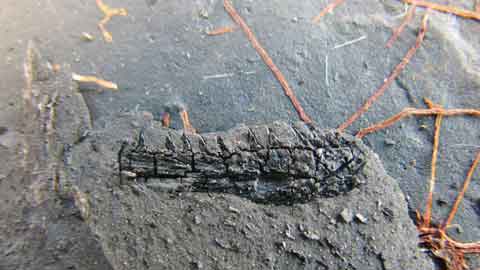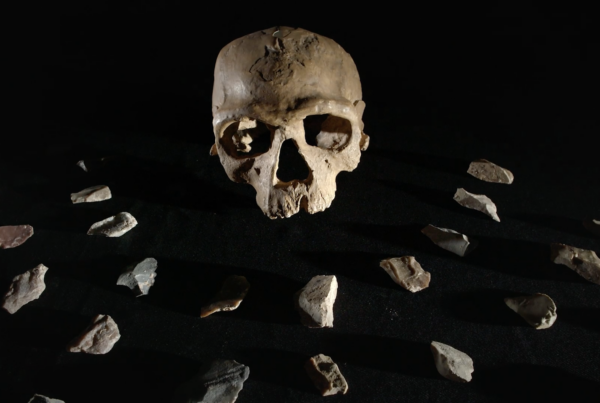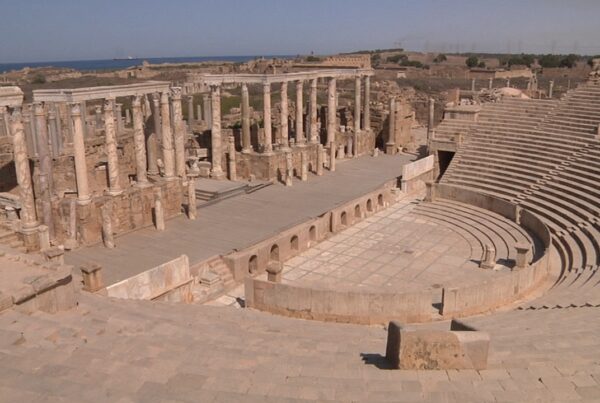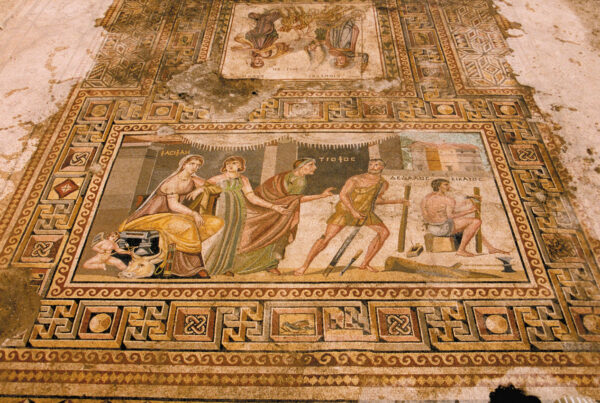This film presents the course of the archaeological excavations during two digs conducted in 2011 and 2013, at the site of Muse, in the Autun basin in Burgundy, France. This site, dating from the Permian Period, has been known since the 19th century, due to its very rich paleobiodiversity. In fact, many plant and animal fossils were discovered in the bituminous schist rock formations of this site, among them a famous layer or ‘bed’ of fish. In July 2011, in spite of occasionally difficult weather conditions, the archaeologists are seen to work in collecting fossils and carrying out stratigraphic and geochemical studies of the soil. However, as explained by the palaeontologist Sébastien Steyer, a researcher at the CNRS centre of the Natural History Museum in Paris, they are a long way still from the bed of fish. In August 2013, new impressive discoveries crown the efforts of the archaeologists, most notably the fossils of new species of plants, grains and insects. The diggers succeed in removing the two-metre thick schist layer and proceed to extract a block from the ‘bed of fish’, measuring roughly one square metre in surface area. Amongst the discoveries, we find a quite incredible specimen of fossilised shark, vividly described by palaeontologist Gaël de Ploeg.
- Direction: CLAUDE DELHAYE
- Production: CNRS IMAGES







